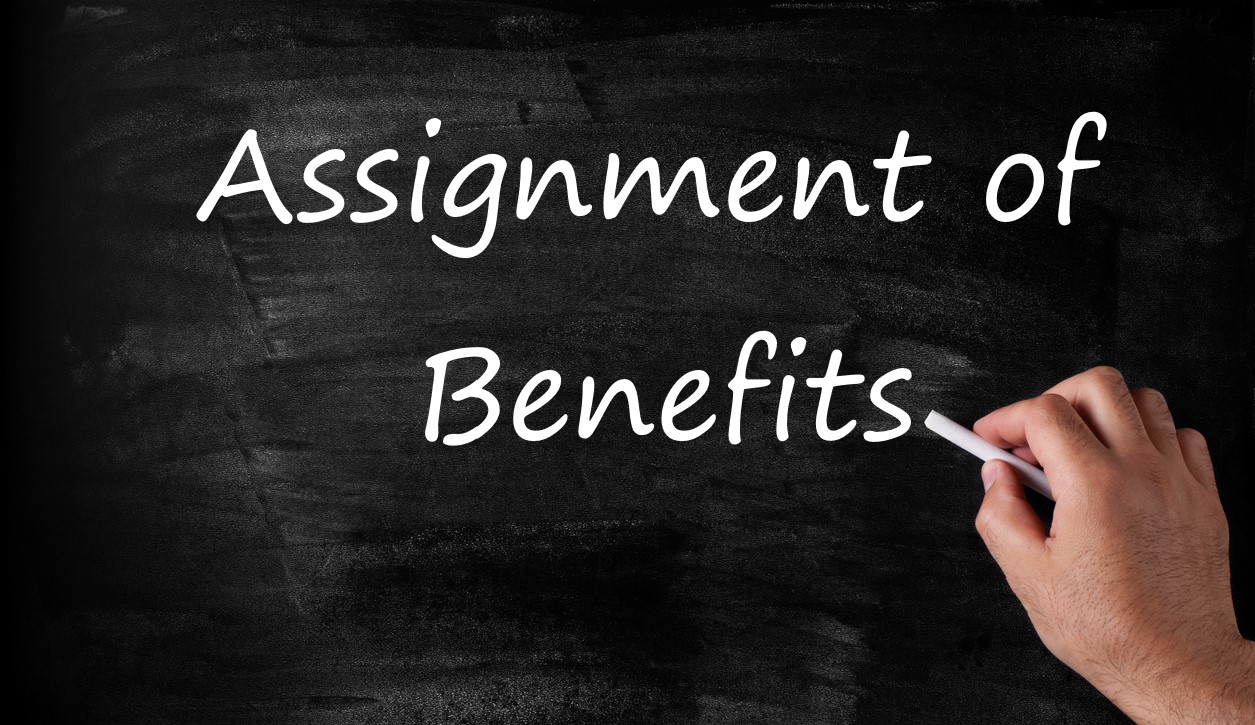Business interruption issues, questions, and debates seem to be the current rage regarding property insurance coverage. There are some excellent discussions and analysis from a number of lawyers who have been involved with this field for quite some time. From reading a number of recent lawsuits, a lot of lawyers involved with some of these lawsuits have no idea what they are doing. I bet a number of company, independent, and public adjusters agree with me.
The basics of business interruption are sometimes challenging for those that have little background in financial analysis. For example, some may not understand the difference between a continuing expense and a discontinuing expense simply because they have not been taught the concepts or are afraid of financial number theory. Do not fret—it is not nearly as difficult a subject as some make it sound. The fact that I can hang with accountants and other alleged experts is proof enough.
So, we are going to start a series of Tuesdays At 2 With Chip discussions on the concept of the period to be measured. This period is often defined as the “period of restoration” and many others refer to it as the suspension period.
From a practical standpoint, this area of the business interruption calculation is usually not one for the accountants to argue. Instead, it is left for the adjusters to determine. There can be a lot of gnashing of teeth over this period because the amount of recovery time is often reduced by the insurer while the policyholder usually thinks that the time is much greater.
The search function to this blog will yield dozens of articles that can educate you about the period of restoration. You should take just a few minutes to type in “period of restoration” and you will see what I mean.
One of my favorite posts about the period of restoration is Hurricane Sandy Business Interruption Claims Are Broadly Measured in New York.
There, we quoted the court in Anchor Toy Corp. v. American Eagle Fire Insurance:
It is defendants’ contention that the building to be rebuilt would be an exact duplicate of this structure. The detailed description would reduce the time to be spent on architectural services to a minimum. This premise is however at fault. The rebuilding contemplated by the policy is the replacement that would actually follow after a disaster. It is beyond the bounds of reasonable contemplation to expect that a replacement structure would ignore all progress in the art and slavishly retain any proven disadvantage. It must be the intent of the policy that the new building to be erected would be modern as well. Doubtless if an extraordinary additional time would be required to include improvements or innovations these would not be included. It would follow that an architect’s services and time for their performance would be needed.
In rejecting the rigid formula that the carrier proposed, the court went on to state:
Actual construction would take twenty-two weeks. Installation of machinery was fixed at six weeks, but one week of this would coincide with the completion of the building. This totals thirty-eight weeks. This is the time it would take to replace the structure providing the building was put up by the experts in the court room. But buildings seldom are. In the field it snows, and men fall off girders, and the wrong size window glass is delivered. An estimate of eight weeks for these contingencies is not believed to be excessive.
An American Bar Association article discussing this case noted:
Anchor Toy stands for the straightforward proposition that even where a property owner does not rebuild, it still may recover its business interruption loss as if it had rebuilt. This is important protection because after a major loss, businesses may face difficulties securing financing, worker attrition, a diminished market, or other challenges that stand in the way of a return to profitability. When faced with such challenges, insureds may decide that it is economically or otherwise impractical for them to repair or rebuild lost property. In such instances, the theoretical period of restoration makes insurance recovery possible. By taking into account real-world circumstances when calculating the theoretical period of restoration, however, the insured likely can obtain all the benefits due under the policy.
I hope you can join me tomorrow as we start a discussion about business interruption insurance with the very practical discussion of the period of interruption. Here is a link for the event.
Thought For The Day
An architect’s most useful tools are an eraser at the drafting board, and a wrecking bar at the site.
—Frank Lloyd Wright




